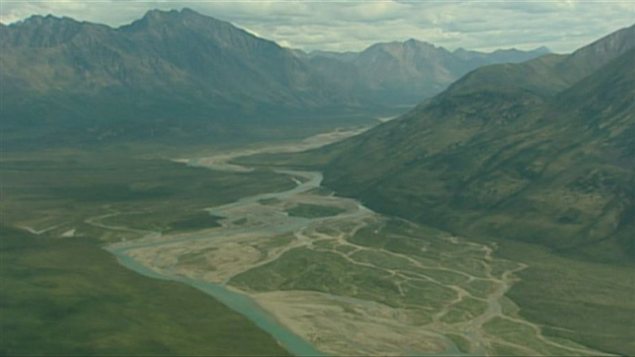The Peel Watershed controversy is arguably one of the most watched, ongoing environmental stories in Canada.
The Yukon Government wants most of the Peel Watershed opened up to industries like mining. While environmentalists and First Nations want most of the area to be protected.
And the issue has been slowly winding its way through the court system.
A Yukon Court ruled in December the government didn’t respect the process outlined in the territory’s First Nation’s agreements and said they should return to consultations on a final land use plan.
The government appealed and all parties were back in court on Thursday, for two days of hearings.
To find out more about the Peel Watershed, the controversy and the implications this case could have for First Nations in the rest of Canada, Eye on the Arctic spoke with Gill Cracknell, the executive director of the Yukon Chapter of the Canadian Parks and Wilderness Society, during a court break on Thursday:
ListenPeel Watershed – Quick Facts
Area: 67,000 km2
Nearby communities: Mayo, Fort McPherson, Dawson and Old Crow
Land: Majority of land is crown owned
Largest private landowners in planning region: Tetlit Gwich’in First Nation
Other First Nations with private lands in region: Na-cho Nyak Dun and the Tr’ondëk Hwëch’in
Source: Peel Watershed Planning Commission
Write to Eilís Quinn at eilis.quinn(at)cbc.ca
Related stories from around the North:
Canada: Canadian river carries carbon from thawing permafrost to sea, Alaska Dispatch News
Finland: Climate change brings new insect arrivals to Finland, Yle News
Russia: Counting elusive Finnish forest reindeer in Russian Karelia, Yle News
Sweden: Sweden close to decision on Gotland controversy, Radio Sweden
United States: Dramatic increase in tundra-fire frequency in Arctic Alaska: report, Alaska Dispatch News









For reasons beyond our control, and for an undetermined period of time, our comment section is now closed. However, our social networks remain open to your contributions.